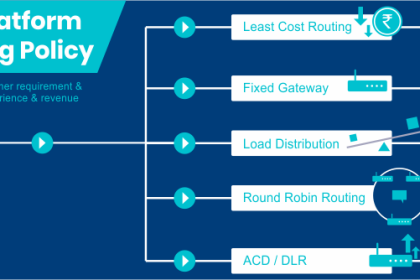Introduction
Public rooms and spaces play a pivotal role in shaping the quality of life in our communities. These spaces serve as the heart and soul of our neighborhoods, fostering social interaction, cultural exchange, and a sense of belonging. In this article, we will delve into the significance of public 분당가라오케 and discuss how they contribute to the well-being of individuals and the vitality of our societies.
What is a Public Room?
A public room is a designated space within a community, often indoors, where people can gather, interact, and engage in various activities. Public rooms come in various forms, from community centers, libraries, and cultural hubs to town squares, public parks, and recreational facilities. The defining characteristic of a public room is its accessibility to all members of the community, regardless of their background, age, or social status.
Fostering Social Interaction
One of the primary functions of public rooms is to facilitate social interaction. These spaces provide a neutral ground where individuals from diverse backgrounds can come together, share ideas, and engage in meaningful conversations. Whether it’s a local coffee shop or a city park, public rooms encourage the development of social connections and relationships, which are essential for combating feelings of isolation and loneliness.
Promoting Inclusivity
Public rooms are essential for promoting inclusivity and equality in our communities. They are open to all, ensuring that no one is excluded based on their socio-economic status or personal circumstances. Libraries, for example, offer free access to knowledge and information, leveling the playing field for those who might not have resources at their disposal. In this way, public rooms contribute to bridging the socio-economic gap and fostering a sense of equity.
Cultural Exchange and Diversity
Public rooms are often hubs of cultural exchange. They provide a platform for people from various cultural backgrounds to share their traditions, art, and heritage. Cultural centers, museums, and art galleries, for instance, showcase a diverse range of exhibits, opening doors to understanding and appreciation of different cultures. These spaces contribute to the enrichment of our societies by promoting tolerance and broadening our horizons.
Economic and Community Development
Public rooms also play a crucial role in driving economic development within communities. When well-designed and maintained, public rooms can become attractive destinations for both residents and visitors. This, in turn, stimulates local businesses and encourages the growth of tourism. For instance, public parks and recreational facilities can attract tourists, while community centers can serve as venues for events and activities that bring in revenue for the neighborhood.
Health and Well-Being
The availability of public rooms is closely linked to the health and well-being of individuals. Parks and green spaces provide areas for physical activity and relaxation, contributing to a healthier and happier population. Libraries and community centers offer access to educational and wellness programs, further enhancing the overall well-being of the community.
Conclusion
Public rooms are more than just physical spaces within our communities; they are the lifeblood that keeps them vibrant and thriving. From promoting social interaction and inclusivity to fostering cultural exchange and economic development, these spaces are essential for the overall well-being of our societies. As we move forward, it is crucial to recognize and invest in public rooms as a means to build stronger, more connected, and more resilient communities. They are the places where people come together to make memories, share experiences, and build a brighter future.




